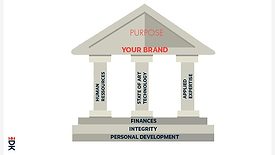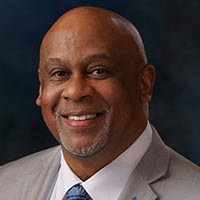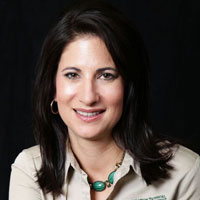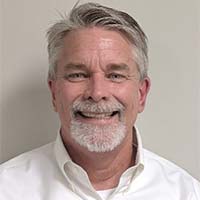Columns
What Must a Qualified Water Damage Restoration Contractor Possess?
Let’s Start With the ANSI/IICRC Standard of Care
Read More
What's Next for Restoration? 2022 Trends and Predictions
4 Headwinds Every Restoration Company Should Have on Its Radar
Read More
The Rise of Remote Estimating
4 Reasons to Consider a Third-Party Estimating Company for Your Restoration Business
Read More
When it Comes to Hiring, Nurture Your Silver Medalists
Considerations for Restoration Businesses in a Candidate-Driven Market
Read More
Cross-Examination: Uncle Ed Pleads With You for Better Documentation
Break the Vicious Circle With Insurance Adjusters
Read More
Stay ahead of the curve with our eNewsletters.
Get the latest industry updates tailored your way.
JOIN TODAY!Copyright ©2024. All Rights Reserved BNP Media.
Design, CMS, Hosting & Web Development :: ePublishing



















